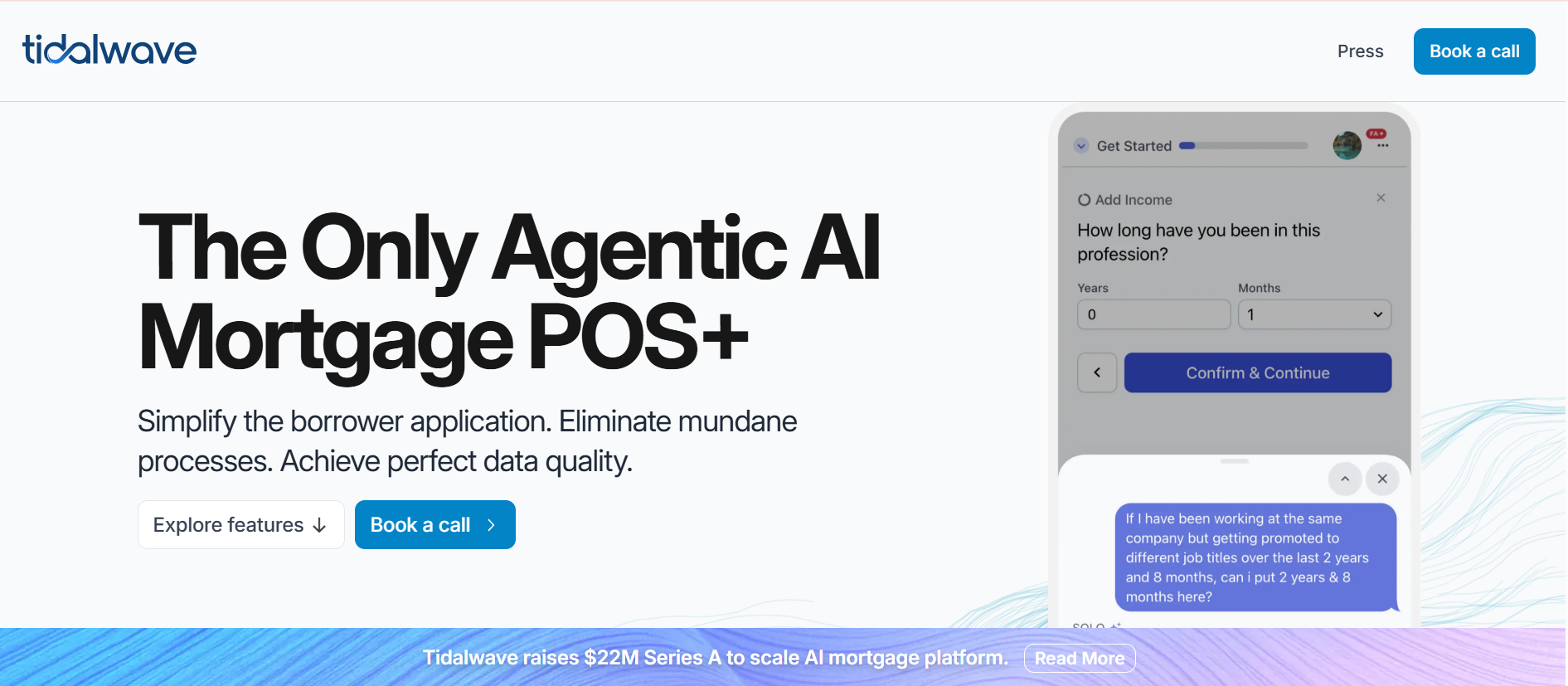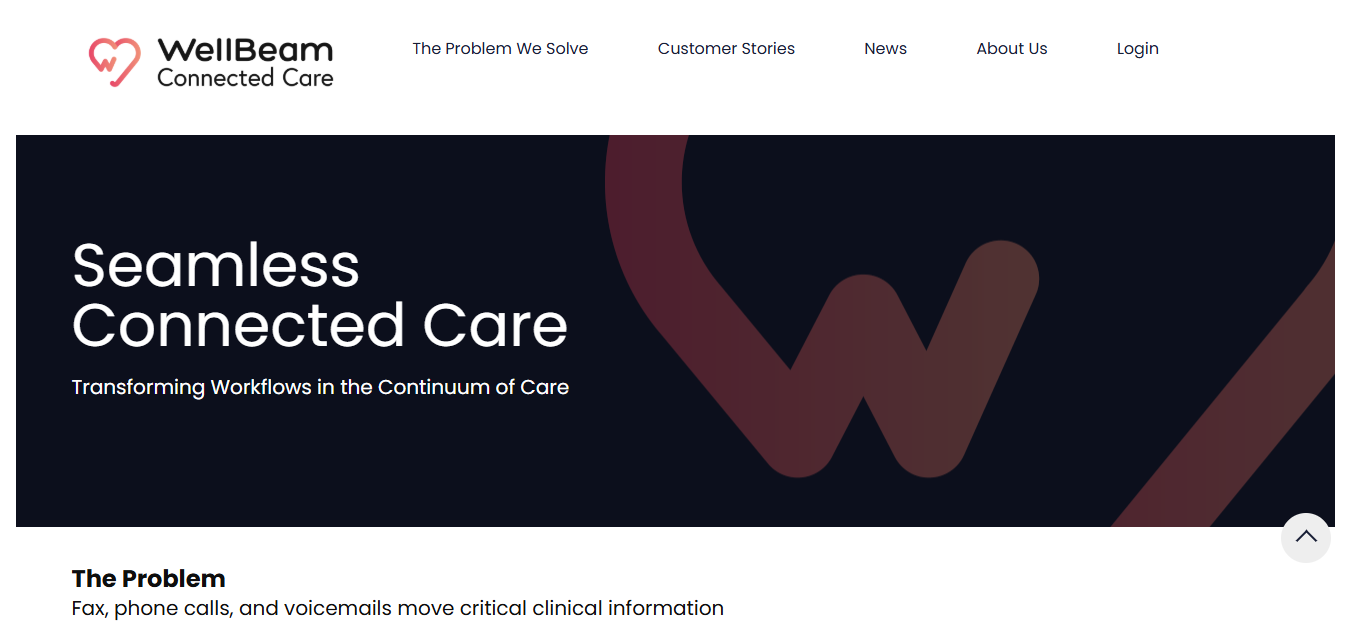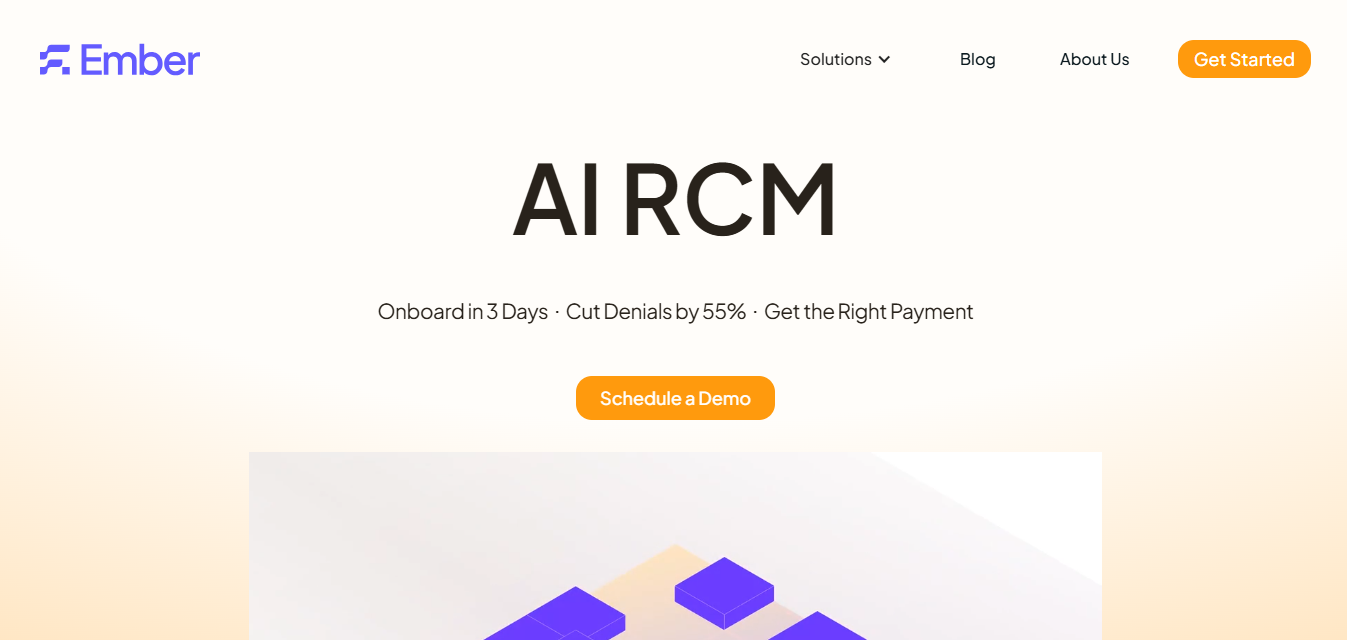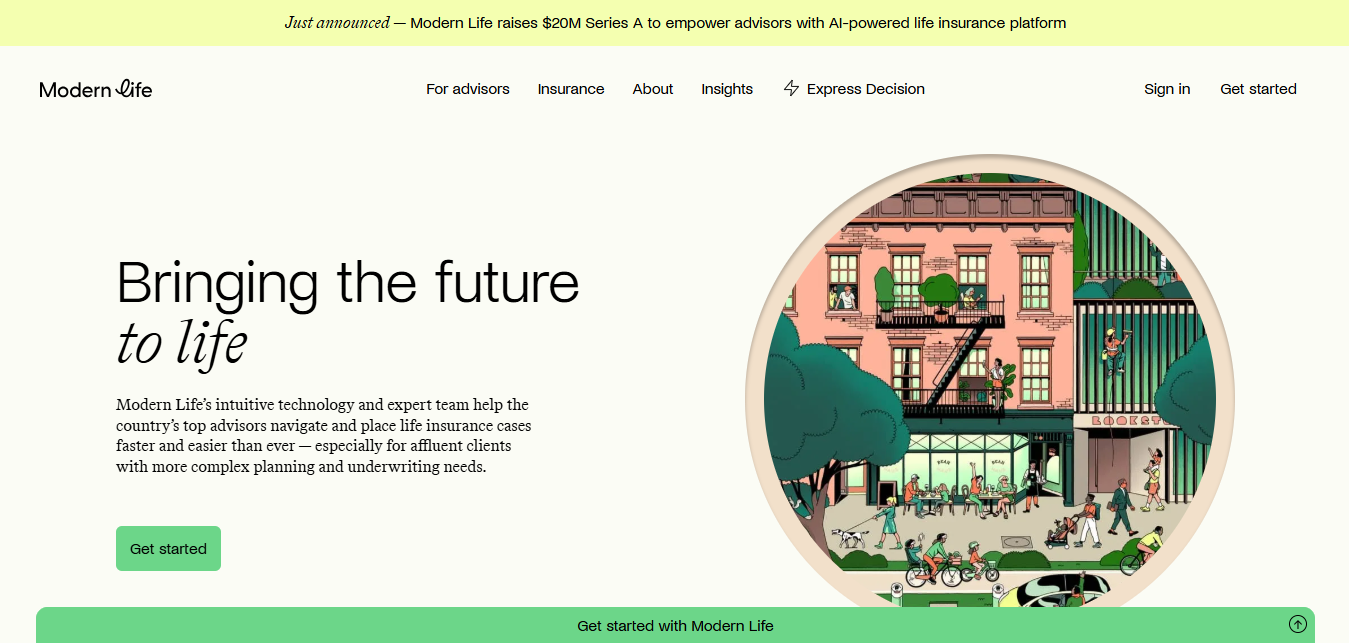Why Traditional Hiring Drains Your Startup’s Cash And How Founders Are Getting Premium Talent at 70% Less
May 16, 2025
byMihia Ma
Startups often assume it’s lack of revenue that kills their runway. In reality, overhead like bloated hiring costs can be the hidden culprit. Recruiting isn’t cheap, a 2022 SHRM report found the average U.S. cost-per-hire is about $4,700, and once you factor in salary, benefits, training, payroll taxes and lost productivity, filling a $60K position can actually cost $180K or more. In other words, each open role eats into your bank balance far beyond the sticker salary. For a young startup burning cash, every dollar devoted to headcount is a dollar not invested in product, marketing, or growth. This dynamic creates a trap: as your team expands, your burn rate skyrockets, shrinking runway and forcing painful trade-offs.
Fortunately, today’s founders have another option. By tapping into the global talent pool and flexible, fractional models, startups are slashing hiring costs by 60–80% without sacrificing quality. In the sections below, we’ll explain how the smartest teams are securing elite talent at a fraction of the usual price, and how services like Fenoms make it easy to hire fast, without the hidden fees or guesswork.
1. The Startup Hiring Trap: Why It’s So Expensive
When you hire a U.S. employee, salary is only the beginning. Employers also pay payroll taxes (e.g. 6.2% Social Security + 1.45% Medicare, plus state unemployment taxes), benefits (healthcare, retirement, etc.), insurance, and even the recruiting costs themselves. In fact, one analysis of hundreds of startups shows payroll taxes (~7.6%) and benefits (~8.2%) add roughly 16–20% on top of wages. Add in interview time (engineers or founders typically spend weeks screening candidates) and onboarding/lost productivity as new hires ramp up, and the true cost of each hire can easily be 3–4× the base salary.
This scales poorly for a small team. Kruze Consulting reports that payroll-related expenses consume about 76% of total operating costs at venture-backed startups. In other words, most of a startup’s cash goes to people. Every time you add a head, you’re committing $X of salary plus ~$0.2X in overhead. Those dollars could otherwise fund hiring a marketer, buying ad spend, improving the product, or simply extending your runway. So when you weigh one more full-time salary against available capital, the opportunity cost is huge.
For example, imagine a 10-person startup that adds one more engineer at $10K/month. Between employer taxes, benefits and recruiting overhead, the true monthly cost might be closer to $12K–$13K. Over a year, that’s ~$150K – capital the company can’t invest elsewhere. In contrast, bypassing a full-time hire avoids these costs (and delays) altogether. In short: traditional hiring traps early-stage founders in a cycle of high fixed costs and slow recruiting, threatening runway and diverting focus from core growth.
2. Premium Talent, Without the Premium Price Tag
The good news is that the global talent market has opened up rapidly. A skilled marketer, operations lead or finance pro living abroad can often be hired remotely at a fraction of the U.S. cost. In many countries, top candidates are equally qualified (many even have lower rates of resume fraud) but simply command lower salaries due to cost of living differences. Employers see this everywhere: a recent ManpowerGroup survey found 74% of employers worldwide struggle to find skilled talent, even as capable workers are eager to work for innovative startups from anywhere in the world.
By tapping that global talent pool, startups are routinely slashing 60–80% off their labor budgets. For example, one comparison found that five U.S.-based customer support reps might cost $3,500 each per month, while hiring five similarly skilled reps in South Africa runs only $1,000 each per month, a $150K yearly savings. Likewise, Fenoms’ own pricing starts at $3,000 per month for a full-time, vetted professional, compared to the $8K–$10K+ you’d pay a U.S. pro with benefits. In fact, Fenoms proudly advertises clients can “grow 4x faster by saving 80% on US salaries”. (A competitor, Hello Yeti, similarly claims their international hires cost “up to 60% less” than American counterparts.)
And these savings go beyond just salary. When you hire through a global talent platform like Fenoms, you don’t manage U.S. payroll taxes or HR compliance yourself, that’s handled by the provider. The overhead of benefits, insurance and admin is baked into the monthly fee, so startups pay only a single flat rate. This “all-in-one” model means no surprise fees. For example, Fenoms notes that they take care of benefits, retirement, and career development for their talent, ensuring great retention. In short, founders can get the same caliber of operator (often ex-Ogilvy marketers, former KPMG analysts and the like) for a tiny fraction of the price. The global economy makes it possible: you pay a developer in Manila, a marketer in Mexico City, or an admin in the Philippines rates that preserve your runway.
3. Quality Without Compromise: How Vetting and Fit Are Handled
A common fear is that a cheaper hire means cutting corners on quality. In practice, top global platforms double down on vetting to ensure you get premium talent. Fenoms, for example, relies on a founder-to-founder recruiting process to screen candidates. Each Fenoms candidate is assessed by a panel of experienced operators – people who have built startups themselves, through scenario-based tests and in-depth interviews. They check real skills by asking a marketing hire to outline a campaign plan, or probing how an ops candidate handled past bottlenecks. Background and reference checks uncover any red flags (e.g. gaps or misrepresented experience) before you even see a resume. As Fenoms puts it, only about 1% of all applicants pass this gauntlet. In other words, every candidate on your shortlist is a “unicorn” who has already aced multiple filters.
Once vetted, candidates are matched for fit. Fenoms takes detailed notes on each candidate’s strengths, weaknesses, and cultural fit, for instance, noting if someone thrived in scrappy 10-person startups, or brought specific domain expertise. This precision matching means you’ll never get a flood of random resumes. In fact, Fenoms reports 71% of hires come from their first batch of candidates, and 86% of first matches succeed long-term. By contrast, a typical recruiter might hand you dozens of half-fit profiles hoping one sticks.
Real founders confirm the results. Take Brooks Powell, CEO of Cheers, who hired an EA through Fenoms. He says: “Anjalie brought structure and calm to my day-to-day, going beyond admin tasks with thoughtful initiative.”. In other words, his Fenoms hire did more than expected, acting as a project manager, communications lead and more. (Another startup CEO reports the Fenoms candidate “became the linchpin of our growth,” driving processes that doubled revenue ahead of schedule.) These stories are common. By combining exhaustive vetting with founder-style matching, platforms like Fenoms deliver true A-players, the same caliber of expert you’d want on your team, without the risk of a bad hire or the premium price tag.
4. Solving the Time Equation: Hire Without the Hassle
Beyond money, traditional hiring is painfully slow, a luxury few startups can afford. Early-stage companies need people now, not in months. Typical recruiting timelines (screens, interviews, offers, notice periods) can drag on for 30–60 days or more. Fenoms and similar services change this. Because all candidates are pre-vetted, you can cut the pipeline down to days. For example, Fenoms cites an ~7-day average to match a candidate, versus ~44 days industry-wide. Clients report getting a curated shortlist within a week of first contact – a process so fast it feels like magic compared to the months-long search they faced before.
To put numbers on it: 70% of founders said they wasted at least a quarter of the year trying to hire before finding their hire. With pre-screened pools, that time vanishes. Instead of posting jobs and sifting applications, you simply have a short call to clarify needs, and then Fenoms sends a hand-picked shortlist. Most of the time, the very first candidate in that list is hired. According to Fenoms, 86% of the time their first match works out long-term. All interview prep, testing and background checks are done in advance, so you only meet vetted candidates.
Finally, onboarding is streamlined. Fenoms doesn’t just hand you a resume, they help integrate the hire. Their process includes a structured introduction of the Fenom team member into your workflows (often via Slack and email) and kickoff projects to get them productive from week one. In short, the “time-to-productivity” is minimal. For founders, this means immediate bandwidth, while a new in-house hire might take a month to ramp up, a Fenoms professional can start delivering in days. As one client noted, once the Fenom joined, “I got back 25% of my work week” – essentially unpaid overtime given back through speedy results.
5. Runway-Protecting Math: The ROI of Smarter Hiring
When you run the numbers, the savings are striking. Consider a simple breakdown (including salary + benefits) for common roles:
| Role | U.S. Full-Time (monthly cost) | Fenoms Global Hire (monthly) | Savings |
| Marketing Manager | $10,000 (incl. taxes/benefits) | $3,500 | 65% |
| Operations Manager | $9,000 | $3,000 | 67% |
| Finance/Controller | $8,500 | $3,000 | 65% |
| Customer Support Rep | $3,500 | $3,000 | 28% |
Figures are illustrative. In each case, the global hire delivers similar expertise for roughly 1/3 to 1/2 the U.S. cost. For example, one global hiring analysis notes U.S. support reps at ~$3,500/mo vs. $1,000/mo abroad, about a 70% saving. Fenoms’ own pricing starts at $3,000/month for a full-time role, so even high-level hires (CFO, CMO, etc.) come in far below the 6-figure salaries Silicon Valley companies typically pay.
The math is simple. Every Fenoms hire you make can extend your runway significantly. If your burn rate is $50K/mo, saving 60% on one key hire effectively lowers your monthly burn by $3K–$4K. Over a year, that’s tens of thousands kept in the bank. Those savings can finance extra product sprints, marketing campaigns, or hiring a second key role. In financial terms, the ROI is immediate, the “payback period” of a cheaper hire is zero, since you never pay the extra in the first place. It’s no wonder startups using global talent report hitting growth milestones months ahead of plan once the right person is in place.
6. Is This Right for You? When to Consider a Fractional or Global Hire
Hiring global or fractional talent isn’t only for fire-sale scenarios; it’s now a deliberate scaling strategy. Startups use fractional hires when they need expert skills at critical moments without locking in full-time commitments. For instance, you might bring on a fractional CFO to lead a big fundraising round, or a part-time CMO to kick off a major campaign, tasks where expertise matters more than headcount. This “pay-as-you-go” model keeps your team lean. Companies like Zapier and Buffer have famously embraced fractional executives for the agility and fresh perspective they bring.
That said, it’s not a fit for every situation. If you have a multi-year, core project or need deep institutional knowledge (e.g. hands-on R&D or a culture-critical role), a fractional or remote hire might not be ideal. Experts warn that long-term strategy and company culture can suffer if your key operator isn’t fully embedded. In such cases, a dedicated full-time employee (or building that function in-house) may be wiser. Similarly, if your startup is extremely early (pre-product/market fit) and uncertain, adding any hire is risky; you might instead contract work or wait until your plan is proven.
But for many growing startups, the timing is right once you’ve validated the need for a role. If you need to scale operations, marketing or finance smartly, and you can manage someone remotely via Slack/Zoom, then a pre-vetted Fenoms hire (full-time or fractional) often makes sense. Red flags to watch for include overly specialized R&D roles that require on-site work, or very sensitive functions where security is paramount. Otherwise, treating your new hire as a peer on your team (as Fenoms suggests) and giving them autonomy works surprisingly well. For strategic hires – think head of growth, operations chief, finance lead, going global/fractional can give you real expertise without the fixed overhead.
The Future of Hiring Is Lean, Global, and Proven
Today’s founders are proving that you don’t have to trade off quality for cost. By combining rigorous vetting with remote-friendly processes, services like Fenoms deliver top-notch talent at roughly 30–40% of traditional cost. The result is premium work output (often immediate) with far less cash outlay, faster ramp-up, and minimal payroll hassles. Startups that once burned cash on endless hiring searches are instead protecting runway and fueling growth with these lean, global teams.
The math and experience speak for themselves: elite professionals, vetted end-to-end, integrated quickly into your workflows, all at dramatically lower cost. If you’re ready to stretch your runway, consider exploring Fenoms’ approach or schedule a strategy call to see how global talent can plug into your startup. Smarter hiring is out there – in the meantime, every dollar you save on headcount is a dollar reinvested in your vision.









